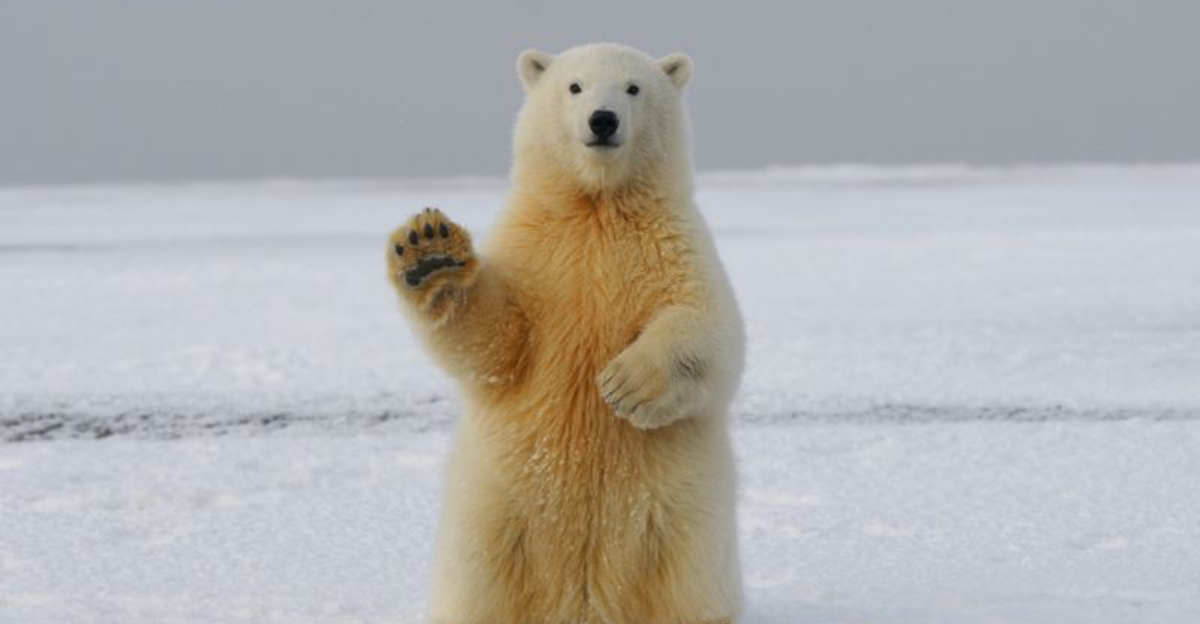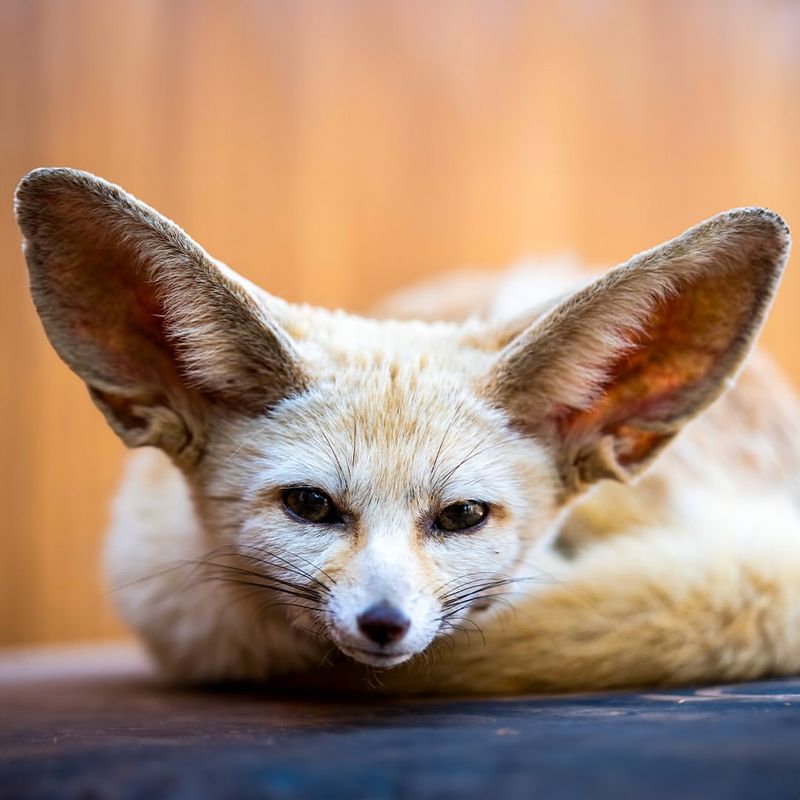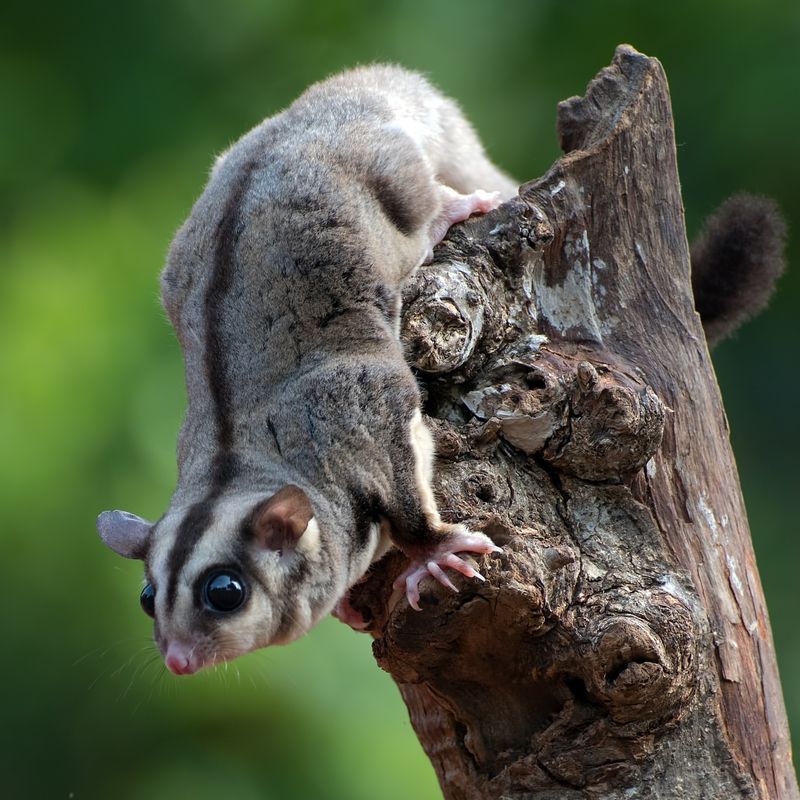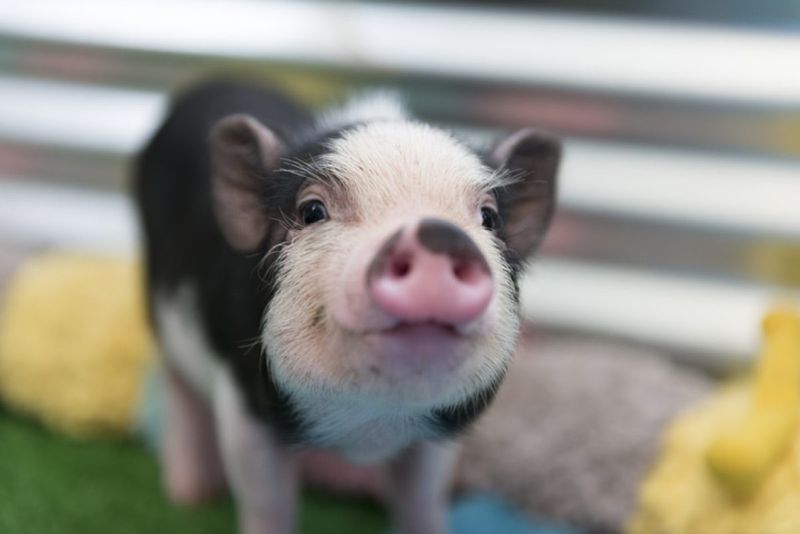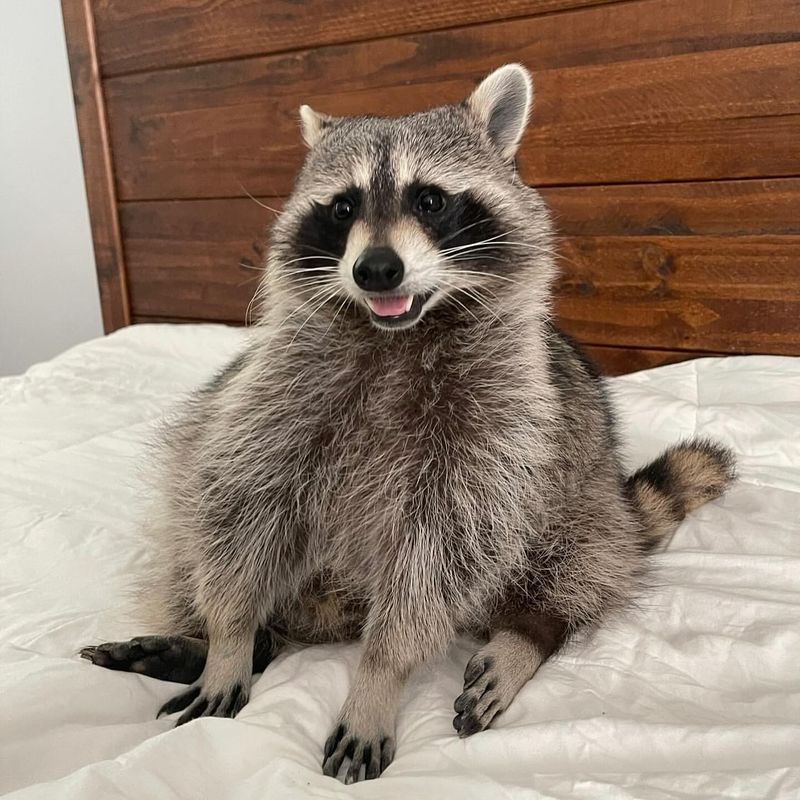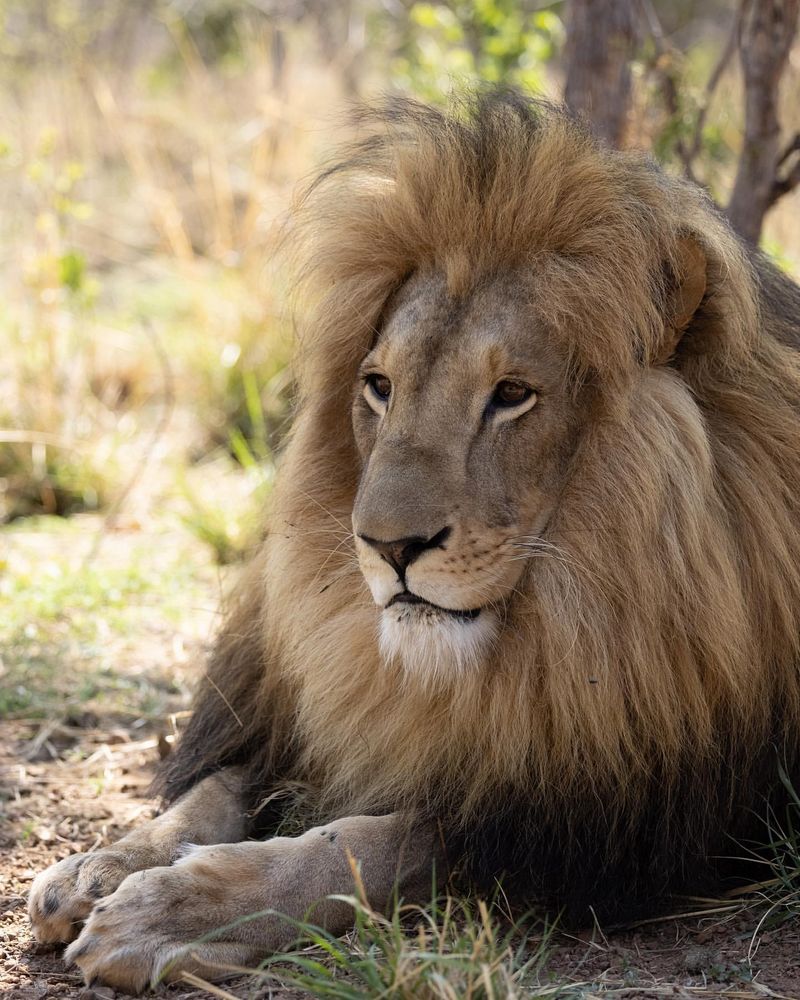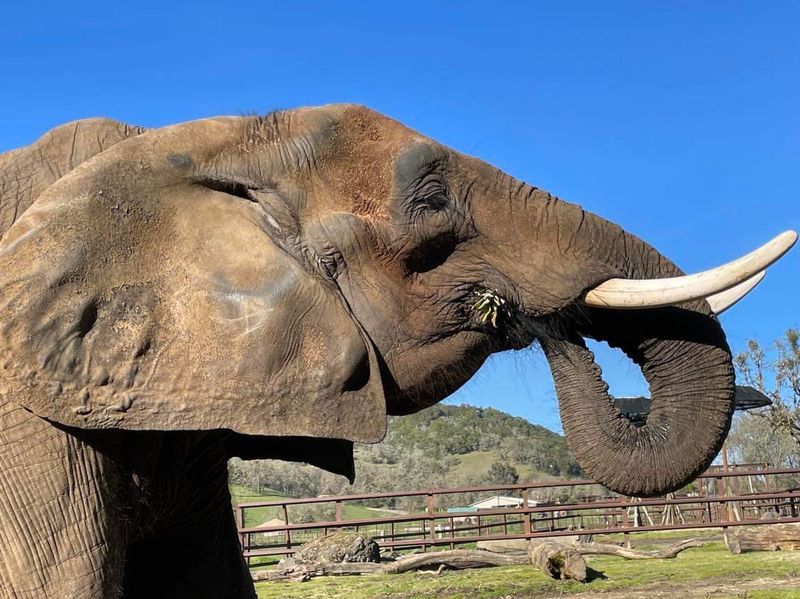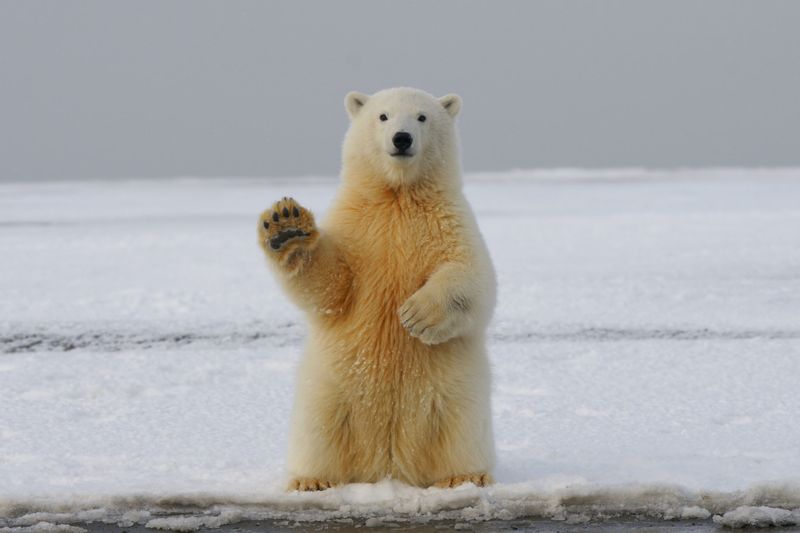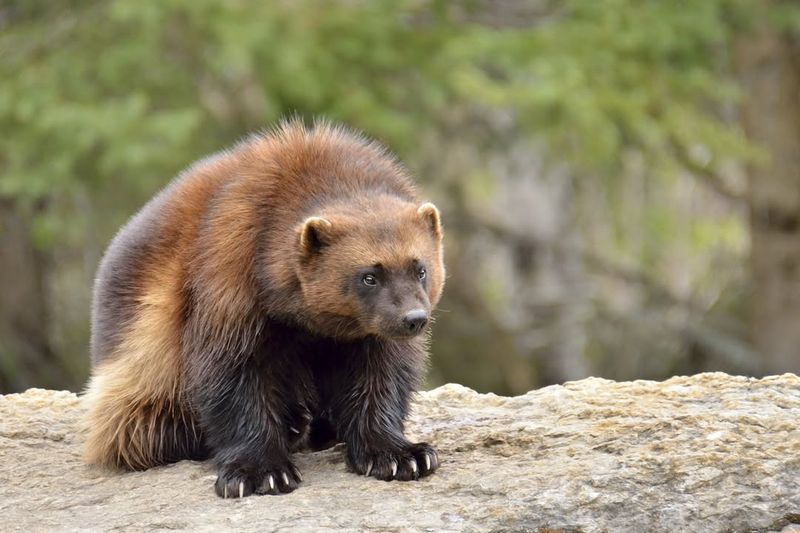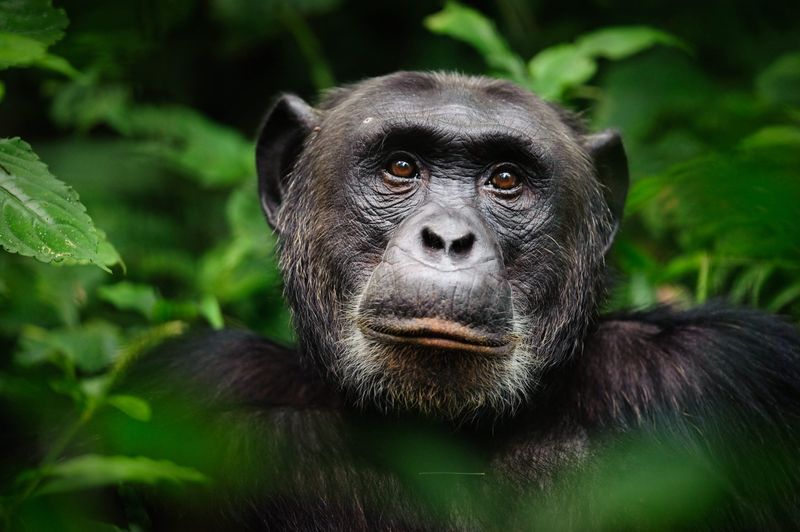📖 Table of Content:
The idea of domestication often sparks curiosity about the boundaries between humans and the animal kingdom. While many creatures have been successfully integrated into human life as companions or workers, others remain wild at heart, resisting efforts to tame them fully. Exploring this dynamic sheds light on the unique characteristics that make some animals suitable for domestication and others better left in their natural habitats.
Domestication is more than simply taming an animal—it’s a complex process that spans generations, altering the behavior and genetics of a species. Certain wild animals, through their temperament, social structure, or adaptability, show promise as potential companions. However, for every species that thrives alongside humans, there are others whose wild instincts make them unsuitable, or even dangerous, to attempt to domesticate.
Understanding the distinction between animals that can and cannot adapt to human life is both fascinating and essential. It requires looking at their natural behaviors, needs, and the impact of domestication on their well-being. By examining a few intriguing examples, we can better appreciate the delicate balance between respecting the wild and inviting certain creatures into our lives.
1. Fennec Fox
With its unmistakable large ears and petite stature, the fennec fox is a captivating native of the Sahara Desert. Renowned for its playful nature, this fox can adapt to domestication, providing a truly unique and engaging pet experience for those prepared to meet its specialized needs.
Its natural curiosity and energy require a stimulating environment, making it ideal for owners who enjoy interactive play. Moreover, these foxes thrive on a diet similar to that of a dog, with added insects for variety.
While domestication is possible, potential owners must consider local laws and ensure proper care to keep these delightful creatures healthy and happy.
2. Sugar Glider
Small marsupials native to Australia, sugar gliders have become popular exotic pets thanks to their endearing appearance and playful behaviors. These nocturnal creatures are known for forming strong emotional bonds with their human companions, making them uniquely engaging pets.
Their diet consists mainly of fruits, insects, and special glider pellets, requiring diligent preparation to ensure nutritional balance.
Enthusiasts should consider their social nature, as sugar gliders thrive in groups and can become lonely if kept alone. Providing a large, enriching environment is crucial to mimicking their natural habitat, ensuring their well-being and happiness.
3. Miniature Pig
Miniature pigs, often referred to as “teacup pigs,” have become a charming addition to many households. Known for their intelligence and affectionate nature, they can be trained similarly to dogs, responding to commands and even learning tricks.
These pigs require a balanced diet and regular exercise to maintain their health, and they thrive in a home environment where they can socialize and explore.
Their curious and social behavior makes them ideal companions for those willing to invest time and effort into their care, offering a rewarding experience filled with charm and playfulness.
4. Raccoon
With their dexterous paws and mischievous personalities, raccoons are surprisingly adaptable to domestication. Renowned for their intelligence and problem-solving abilities, they bring a mix of entertainment and companionship to those equipped to meet their unique needs.
However, prospective raccoon owners should be prepared for their curious nature, which leads them to explore and manipulate objects around the home.
Providing a stimulating environment and ample outdoor space is essential. Raccoons require a varied diet and regular veterinary care to ensure their health, and understanding their needs is crucial for a harmonious living arrangement.
5. Capybara
Known as the world’s largest rodents, capybaras are social and gentle animals that can adapt to domestic settings with proper care. Their docile nature and friendly demeanor make them appealing companions for those who can provide the space and environment they require.
They thrive in environments with access to water, as swimming is a natural behavior that contributes to their well-being.
Capybaras require a diet rich in grasses and vegetables, and they benefit from social interaction with other capybaras or animals. Their unique characteristics offer an unusual yet rewarding pet experience.
6. Lion
Lions, known as the kings of the jungle, are fascinating creatures admired for their strength and beauty. However, they are not suitable for domestication.
In the wild, lions roam vast territories and require a large amount of space to thrive. Captivity can lead to stress and aggressive behavior due to confinement.
Moreover, lions have complex social structures that cannot be replicated in a domestic setting. Caring for a lion is not only impractical but also dangerous, as they retain their instincts and power, posing a threat to human safety.
7. Elephant
The largest land mammals, elephants are revered for their intelligence and strong social bonds. Despite their gentle demeanor, these majestic creatures are not suited for domestic life, as their complex needs are best met in their natural habitats.
Elephants require extensive space and social interaction with their herd, which is impossible in a domestic environment. Their size alone makes them difficult to care for as pets.
Additionally, elephants have specific dietary and habitat needs that are challenging to meet in captivity. Keeping an elephant as a pet is not only unethical but also detrimental to their well-being and natural behaviors.
8. Polar Bear
With their striking white fur, polar bears are iconic symbols of the Arctic, but they are entirely unsuited for life as pets. Their vast, icy habitat and specific needs cannot be replicated in a domestic environment, emphasizing the importance of leaving them in the wild.
They require cold climates and large territories to hunt and roam. In captivity, they suffer from stress and health issues due to inadequate space and environment.
Furthermore, polar bears are apex predators with powerful instincts that make them dangerous in close proximity to humans. Their needs and behaviors are impossible to accommodate domestically.
9. Wolverine
Known for its ferocity and strength, the wolverine is a powerful predator found in the remote reaches of the Northern Hemisphere. Despite its relatively small size compared to other predators, its tenacity and aggressive nature make it a formidable animal.
A wolverine’s natural instincts would be severely stifled in a domestic setting, leading to stress and potential aggression. Wolverines do not adapt well to confinement or human interaction.
Preserving their natural lifestyle is crucial, as wolverines play a vital role in their ecosystems. Attempts to domesticate them would only detract from their wild essence, which is best appreciated in their untouched habitats.
10. Chimpanzee
Chimpanzees, our closest animal relatives, are often considered pets due to their intelligence and playful nature. However, they are unsuitable as companions.
They require complex social interactions and mental stimulation, which are hard to provide in captivity. As they mature, they become stronger and potentially aggressive, posing risks to humans.
Moreover, keeping a chimpanzee as a pet is unethical, as it disrupts their natural lifestyle and social structure. They deserve to live in natural habitats where they can thrive as part of the ecosystem.
